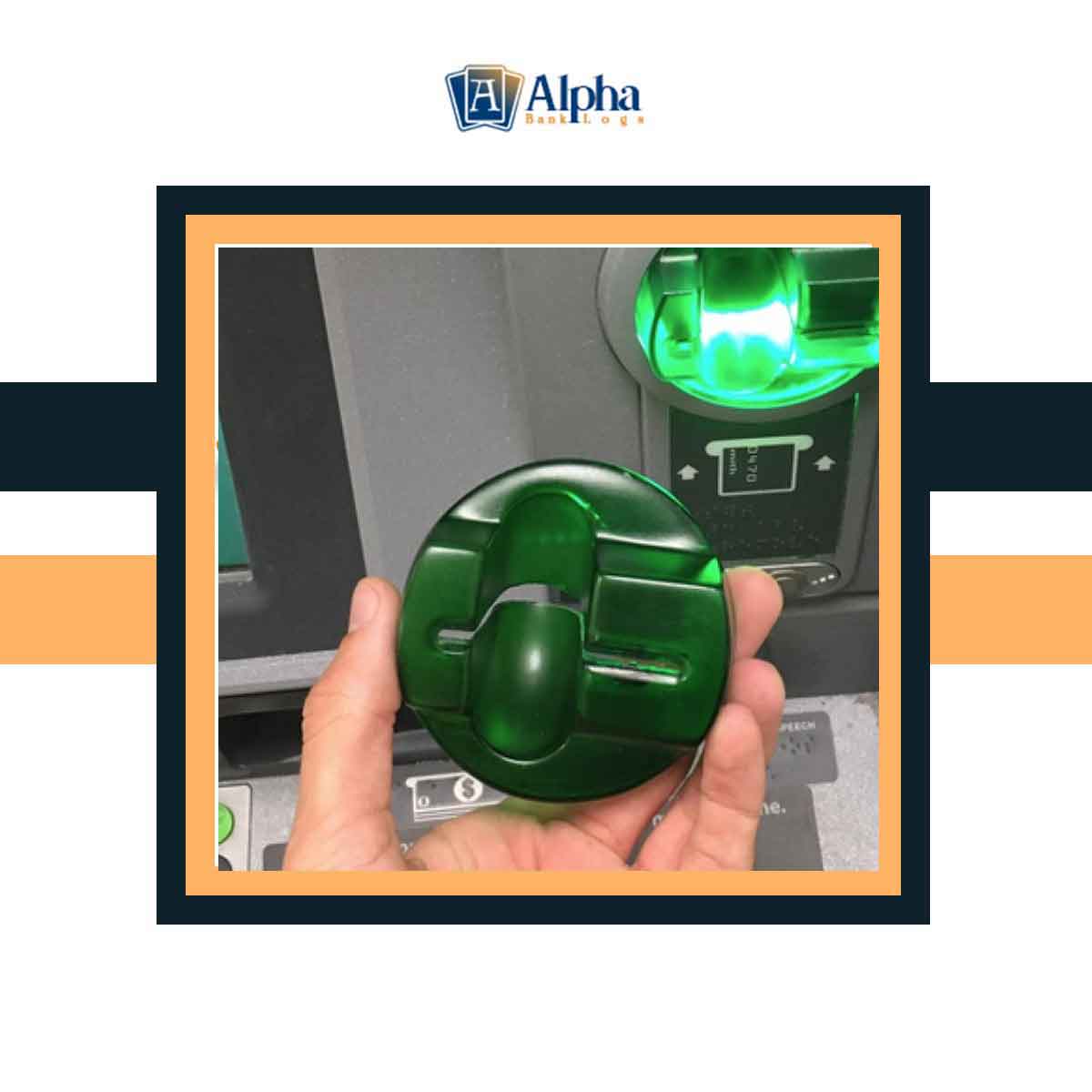


This is necessary for those situations when the user is in a country that doesn’t have EMV terminals, or has to use an older point-of-sale terminal. That means card issuers have had to encode the card information on both the magnetic stripe and the EMV chip so that people can use the card both ways-inserting the card in to the card reader or swiping the card. However, many companies still haven’t fully implemented EMV card readers, five years after the “switch” to EMV cards. The EMV technology is also designed to generate a unique encryption key for each transaction where the card is present, so even if the criminal somehow had the card information, the encryption key to validate the transaction would be missing. In contrast, the EMV chip on the payment card encrypted the card number and personally identifiable information, making it harder to steal the data and create a cloned card. With magnetic stripe cards, it was relatively easy for criminals to collect the information and copy onto a cloned card. The shift from payment cards with magnetic stripes to EMV chips was supposed to stomp out card cloning, except cybercriminals appear to have figured out a workaround.


 0 kommentar(er)
0 kommentar(er)
